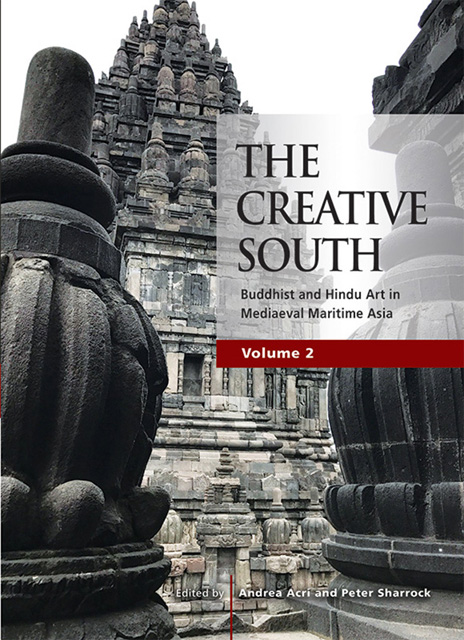Chapter 7 - The Social Context of the Central Javanese Temples of Kalasan and Prambanan (8th–9th Century CE)
Published online by Cambridge University Press: 30 June 2023
Summary
INTRODUCTION
The Buddhist temple of Kalasan and the the Hindu complex of Prambanan (or Lara Jonggrang) lie 3 km apart in the eastern part of the city of Yogyakarta in Central Java (see Map 7.1). Art historians have often focused on the aesthetic and religious aspects of these two temples, which, along with Borobudur, took Javanese sacred art to its apogee in the 8th and 9th centuries CE. For instance, Jordaan's studies of Kalasan proposed a link between the Buddhist goddess Śyāma-Tārā (Green Tārā) with Nyai Lara Kidul, the Javanese deity of the Southern Sea (Jordaan 1997, 1998); Jordaan and Wessing investigated possible human sacrifice rituals in Central Java on the basis of a human skeleton reportedly found in Prambanan (Jordaan and Wessing 1996: 45), concluding that human sacrifices might have emerged from a syncretic adaptation of an Indic royal cult and indigenous Javanese ancestral beliefs (ibid.: 69); Acri and Jordaan identified reliefs of 24 seated male deities that form Śiva's retinue at Prambanan temple (Acri and Jordaan 2012: 274), thereby deepening our grasp of the Śaiva cosmological notions embedded in the design of the complex. Adding to these insights, this chapter looks for traces of the social life forming the context for those Central Javanese sacred buildings, following the view that the architecture of monuments points beyond itself to the totality of its social context (Leah 2002: 125, 134).
Butzer (1980: 418) argued that archaeology, artifacts, and their social context are the basic ingredients for more accurately disclosing life in the past. This chapter studies the epigraphy of the Kalasan and Prambanan temple complexes to uncover traces of the social life of the Javanese in the 8th and 9th centuries. The massive construction effort required to erect the Kalasan and Prambanan temples was the result of the political elite, the religious leaders, and the general public forming a dynamic and interactive support network that combined and focused the various groups’ abilities and skills to achieve unprecedented heights in sacred art and architecture.
This chapter asks how the temples of Kalasan and Prambanan were initiated and executed, and how they were maintained.
- Type
- Chapter
- Information
- The Creative SouthBuddhist and Hindu Art in Mediaeval Maritime Asia, pp. 134 - 144Publisher: ISEAS–Yusof Ishak InstitutePrint publication year: 2022

